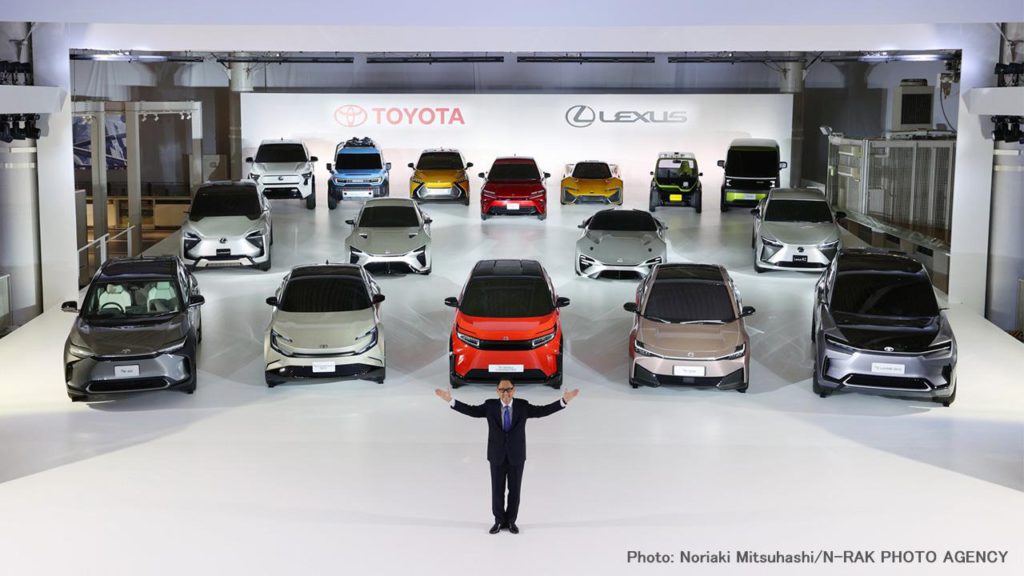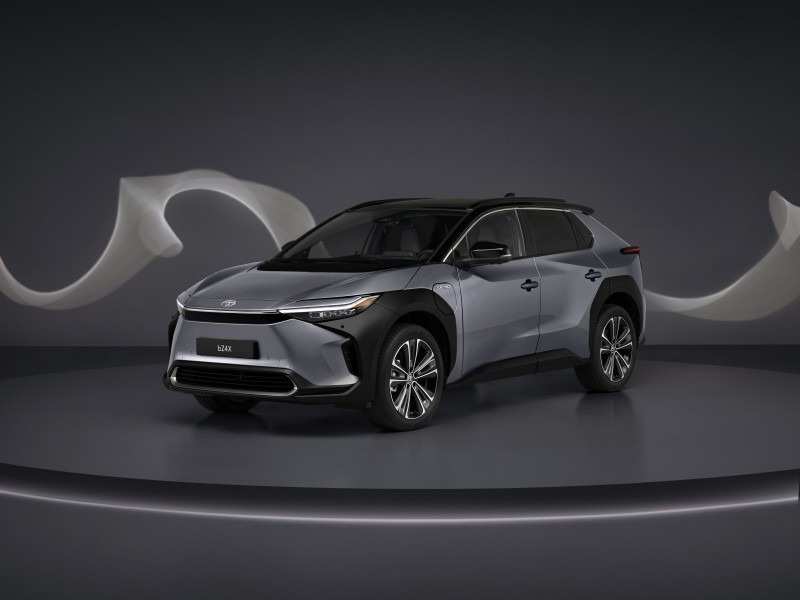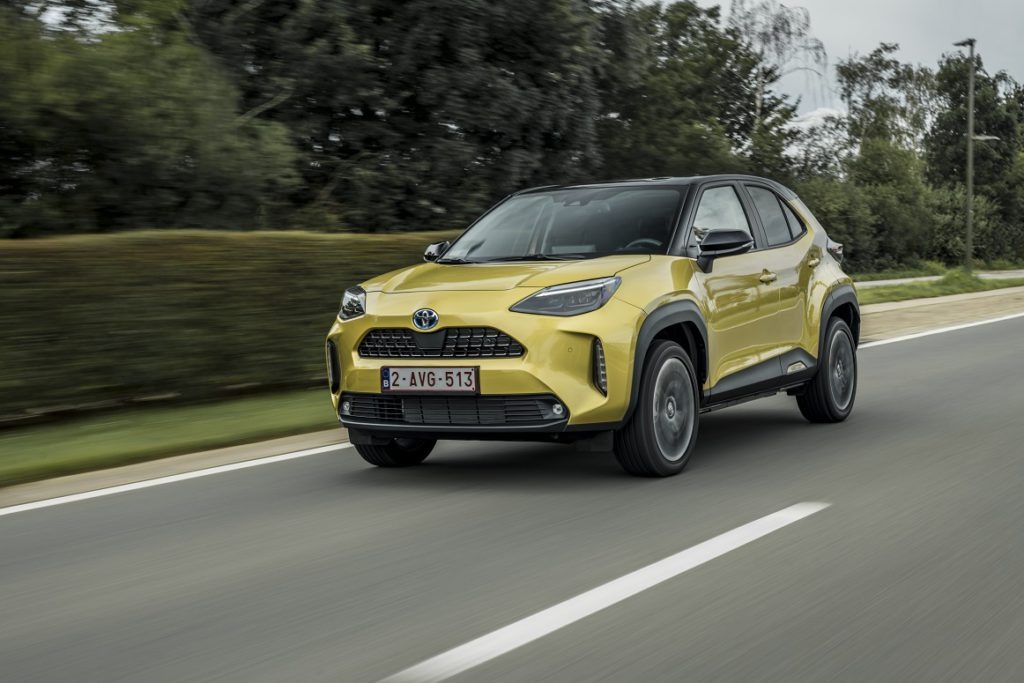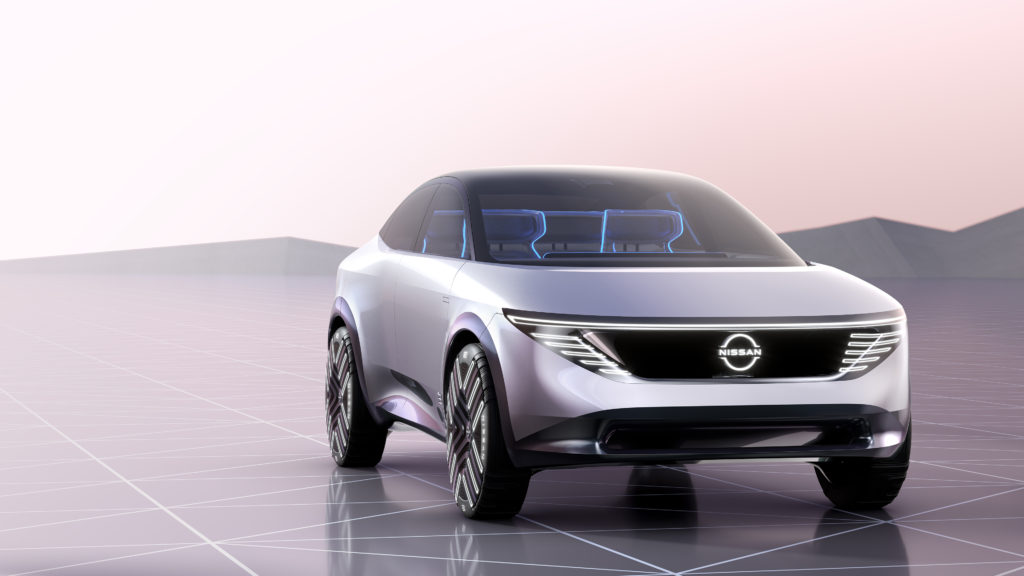Toyota invests €62 billion in electrification push for 30 new BEVs
15 December 2021

Toyota is planning to invest ¥8 trillion (€62 billion) in the electrifications of its line-up by 2030. Although the Japanese company is the world’s largest carmaker, it has been slow to adopt electromobility.
During a press briefing this week, Toyota president Akio Toyoda revealed the company would roll out 30 battery-electric vehicle (BEV) models, expecting to sell 3.5 million BEVs globally by the end of the decade – this accounts for a third of its current vehicle sales. Its main competitor Volkswagen (VW) Group has more ambitious plans, aiming for half of its global vehicle sales to consist of BEVs by 2030.
Toyota will invest ¥4 trillion (€31 billion) in its line-up of 30 BEVs by 2030. Traditional OEMs are increasingly set on taking on BEV makers, such as Tesla, which has become the world’s most valuable car brand this year. Toyota, eager to catch up, said its Lexus brand aims to go fully electric in certain markets, with BEV sales expected to account for 100% of total sales in Europe, North America, and China by 2030.
Earlier this month, Toyota vowed to sell only zero-emission vehicles in Western Europe by 2035, revealing that the new bZ4X SUV – the first model in Toyota’s Beyond-Zero product line – will hit the European market in 2022.
No one-size-fits-all approach
At the press briefing, Toyota made clear that its carbon-reduction strategy also includes hybrid cars and hydrogen-powered vehicles. The carmaker is eager to preserve hybrids as an alternative path to carbon-neutrality. It also views hydrogen as a key building block in cutting CO2 emissions.
‘We are living in a diversified world and in an era in which it is hard to predict the future. Therefore, it is difficult to make everyone happy with a one-size-fits-all option. That is why Toyota wants to prepare as many options as possible for our customers around the world,’ said Toyoda.
‘We believe that all electrified vehicles can be divided into two categories, depending on the energy that they use. One category is that of “carbon-reducing vehicles.” If the energy that powers vehicles is not clean, the use of an electrified vehicle, no matter what type it might be, would not result in zero CO2 emissions. The other category is that of “carbon-neutral vehicles.” Vehicles in this category run on clean energy and achieve zero CO2 emissions in the whole process of their use,’ he added.
While the company is now pursuing an all-electric approach in Europe to align itself with the EU’s green deal measures, Toyota declined to back a deal presented at last month’s UN’s climate summit to phase out fossil-fuel cars by 2040. The pledge was signed by other major carmakers – including General Motors, Volvo, and Ford – but Toyota argued that not all parts of the world would be ready to transition to greener cars by then.
Nonetheless, the Japanese carmaker said it would increase new investments into battery technologies to ¥2 trillion by 2030, up from the ¥1.5 trillion previously announced. The company recently revealed it is building a new battery plant in North Carolina in a move to expand its electrification efforts. Overall, the company is aiming to achieve carbon neutrality at manufacturing plants by 2035, focusing on cutting energy use and turning to innovative engineering technology.
Last month, Toyota rival Nissan said it would invest €15.55 billion over the next five years to speed up electrification, planning to launch 23 new electrically-chargeable vehicle (EV) models by 2030 – 15 of which will be BEVs. Carmakers want to ‘democratise’ EVs, making them affordable for customers as the green-energy transition forces carmakers to stay competitive.
‘In this diversified and uncharted era, it is important to flexibly change the type and quantity of products produced while keeping an eye on market trends,’ said Toyoda. ‘We believe that the reduction in lead times and high-mix, low-volume production methods that we have cultivated, along with the steady efforts of Japanese manufacturing, will enable us to be competitive going forward.’



